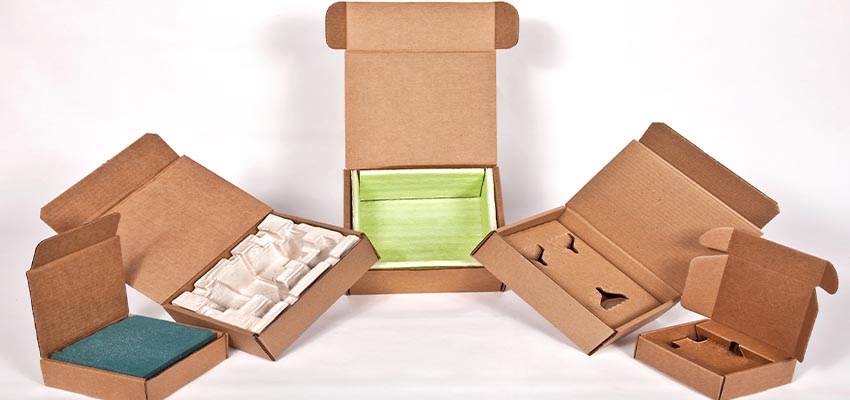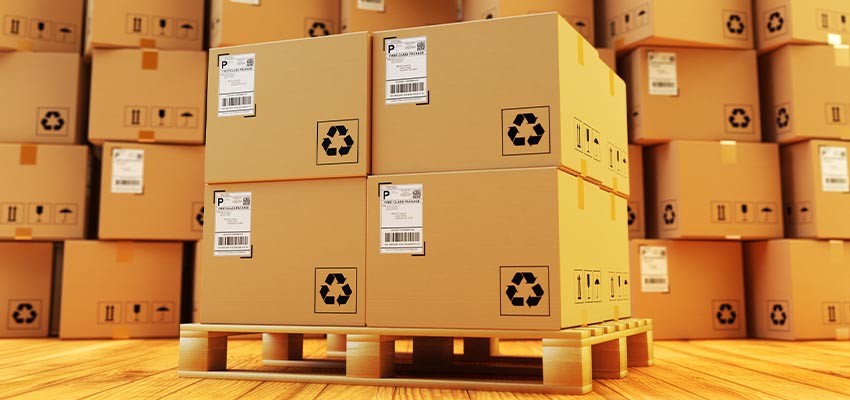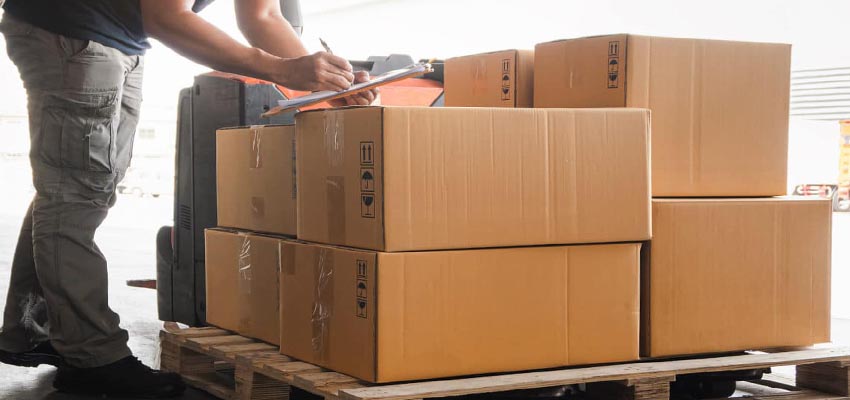In the fast-paced world of e-commerce, supply chains, and global trade, safe packaging in shipping and logistics plays a crucial role in ensuring that products reach their destinations securely and intact. Whether shipping fragile electronics, perishable food items, or industrial machinery, proper packaging minimizes the risks of damage, enhances brand reputation, and contributes to customer satisfaction.
With the rise of online shopping and international trade, the need for robust, reliable, and sustainable packaging solutions has never been more critical. Let’s explore why safe packaging is a non-negotiable factor in modern shipping and logistics.
Understanding Safe Packaging in Shipping and Logistics
What is Safe Packaging?
Safe packaging refers to the use of durable, protective, and secure materials that shield goods from damage during transportation, storage, and handling. It includes cushioning, sealing, labeling, and compliance with industry standards to prevent product degradation.
Why is Safe Packaging Important?
- Prevents Product Damage – Reduces breakage, leaks, and deformations.
- Ensures Regulatory Compliance – Meets safety and legal standards for shipping.
- Enhances Customer Experience – Boosts satisfaction by delivering undamaged products.
- Reduces Financial Losses – Minimizes returns, refunds, and replacements.
- Supports Sustainability – Promotes eco-friendly packaging to reduce environmental impact.

Key Elements of Safe Packaging
Durable Packaging Materials
Using high-quality materials like corrugated boxes, foam inserts, bubble wrap, and biodegradable alternatives ensures that goods remain intact throughout transit.
Proper Sealing and Reinforcement
Strong adhesive tapes, tamper-proof seals, and waterproof packaging prevent leakage, unauthorized access, and damage from external factors.
Shock Absorption and Cushioning
Protecting delicate items with air cushions, foam peanuts, or molded pulp absorbs shocks and vibrations during transit.
Temperature-Controlled Packaging
For perishable goods, insulated boxes, gel packs, and dry ice help maintain ideal temperatures, preventing spoilage.
Clear Labeling and Handling Instructions
Labels such as “Fragile,” “Handle with Care,” or “This Side Up” help logistics providers understand how to manage packages safely.
Types of Packaging for Safe Shipping
Primary Packaging
- Purpose: Directly encases the product.
- Examples: Bottles, cans, blister packs.
Secondary Packaging
- Purpose: Groups multiple primary packages together.
- Examples: Cartons, shrink wraps, trays.
Tertiary Packaging
- Purpose: Protects bulk shipments during transport.
- Examples: Pallets, crates, stretch wraps.
Challenges in Safe Packaging for Shipping and Logistics
1. Fragile and High-Value Items
- Solution: Double-boxing, foam inserts, and impact-resistant containers.
2. Hazardous Materials
- Solution: UN-certified packaging with leak-proof and chemical-resistant barriers.
3. Perishable and Temperature-Sensitive Goods
- Solution: Cold-chain logistics, vacuum-sealed packaging, and insulated thermal materials.
4. Oversized and Heavy Shipments
- Solution: Wooden crates, reinforced straps, and shock-absorbing pallets.
Best Practices for Safe Packaging in Logistics
1. Conduct a Packaging Risk Assessment
Analyze the weight, fragility, and transit conditions to select the best protective measures.
2. Use Sustainable and Eco-Friendly Packaging
Adopt biodegradable, recyclable, or reusable packaging materials to reduce waste and improve sustainability.
3. Implement Tamper-Proof and Security Seals
Protect against theft and unauthorized access using RFID tags, holograms, and security tapes.
4. Optimize Space and Weight Efficiency
Use lightweight, space-saving packaging to minimize shipping costs while maintaining protection.
5. Train Staff on Proper Packaging Techniques
Educate employees on industry standards, handling procedures, and emergency protocols for optimal packaging safety.

How Safe Packaging Improves Supply Chain Efficiency
1. Reducing Transportation Costs
Properly designed packaging helps reduce dimensional weight (DIM) pricing, lowering freight costs.
2. Minimizing Product Returns and Refunds
Safe packaging decreases the chances of damaged goods, leading to fewer customer complaints and returns.
3. Enhancing Brand Reputation and Customer Loyalty
Consumers appreciate well-packaged, damage-free deliveries, increasing trust in a brand.
4. Ensuring Compliance with International Shipping Standards
Regulations such as ISO 9001, ASTM, and ISTA set benchmarks for secure shipping and packaging.
5. Supporting Green Logistics
Companies adopting sustainable packaging align with global environmental goals, improving corporate social responsibility (CSR).
Future Trends in Safe Packaging for Shipping and Logistics
1. Smart Packaging and IoT Integration
QR codes, RFID tracking, and AI-powered sensors provide real-time updates on package conditions.
2. Sustainable and Biodegradable Packaging Innovations
Materials like mushroom-based packaging, cornstarch foam, and plant-based plastics are revolutionizing the industry.
3. Automation and Robotics in Packaging
Automated box-sealing, shrink-wrapping, and palletizing improve efficiency and consistency.
4. 3D Printing for Custom Packaging
Companies are using 3D-printed materials to create tailored protective packaging for delicate items.
5. Blockchain for Packaging Transparency
Blockchain technology is being integrated to track packaging materials and ensure ethical sourcing.
FAQs About Safe Packaging in Shipping and Logistics
What are the most durable packaging materials for shipping?
Corrugated cardboard, plastic crates, metal containers, and biodegradable reinforced fiberboards.
How can I prevent package damage during shipping?
Use shock-absorbing materials, waterproof sealing, and strong external containers.
What are the best eco-friendly packaging options?
Recyclable paper, compostable mailers, and plant-based bioplastics.
Why is labeling important in packaging?
It provides handling instructions, regulatory compliance details, and tracking information.
How do logistics companies ensure safe packaging?
Through quality checks, impact testing, climate-controlled storage, and staff training.
What role does technology play in safe packaging?
IoT sensors, RFID tags, AI-powered packing systems, and real-time tracking solutions optimize packaging security.

Conclusion
Safe packaging in shipping and logistics is more than just a protective measure—it’s a critical factor in reducing damage, enhancing efficiency, and ensuring regulatory compliance. By adopting durable, eco-friendly, and innovative packaging solutions, businesses can cut costs, improve customer trust, and contribute to a sustainable future.
Whether you’re an e-commerce retailer, industrial manufacturer, or logistics provider, investing in safe packaging strategies is essential for long-term success in today’s competitive marketplace.







